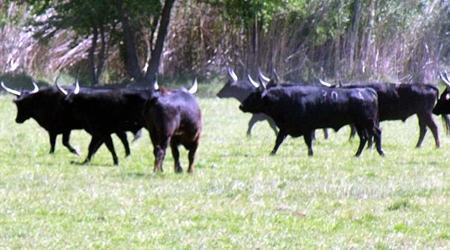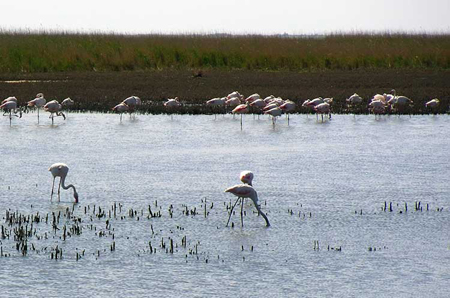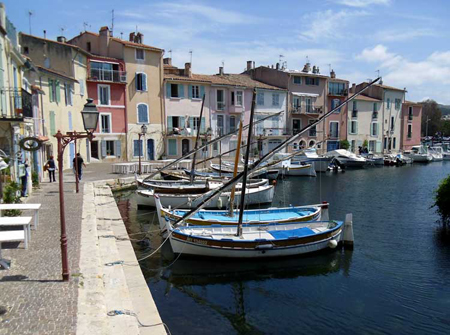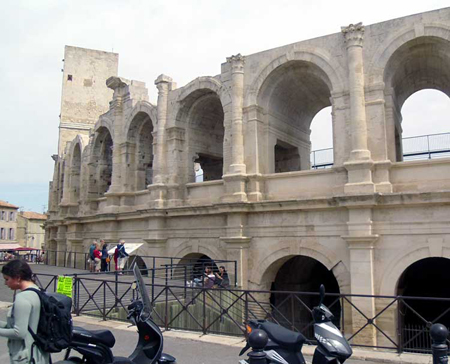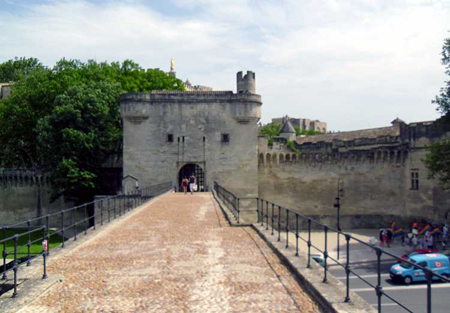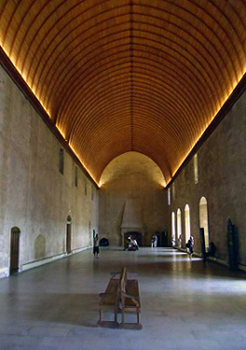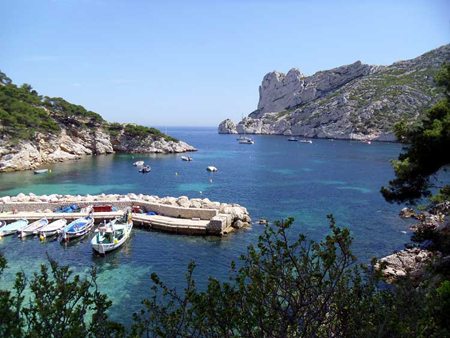 |
 |
 |
The Provence of our experience wasn't the tourist circuit. The boatyard at Port Napoleon is the place the boat spent the winter and we spent nearly a month there in each of our visits. For two miles out from the yard, there's nothing but river and farmland, and when you finally reach a town, it's a nearly anonymous one. But a rental car gave us more mobility than we normally have, and we got a chance to experience the contradictions of Provence: empty, flat landscapes for miles, and then old villages so filled up that there's nowhere to put a car. Farmer's markets and sprawling suburban superstores. Cowboys driving cattle in the Camargue and Indians tweeting Van Gogh pics back to Mumbai.
